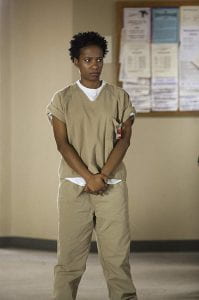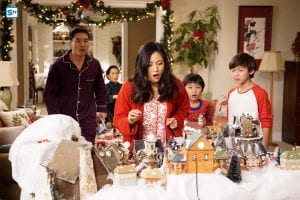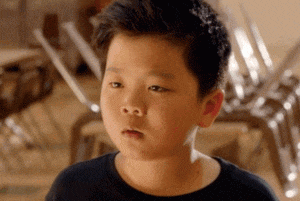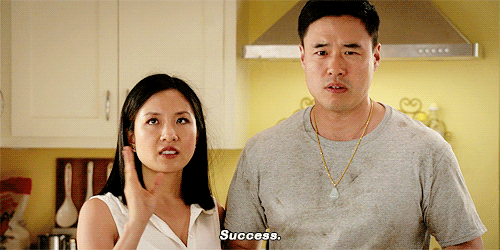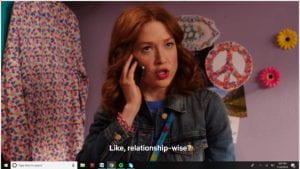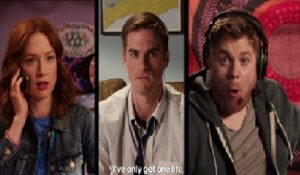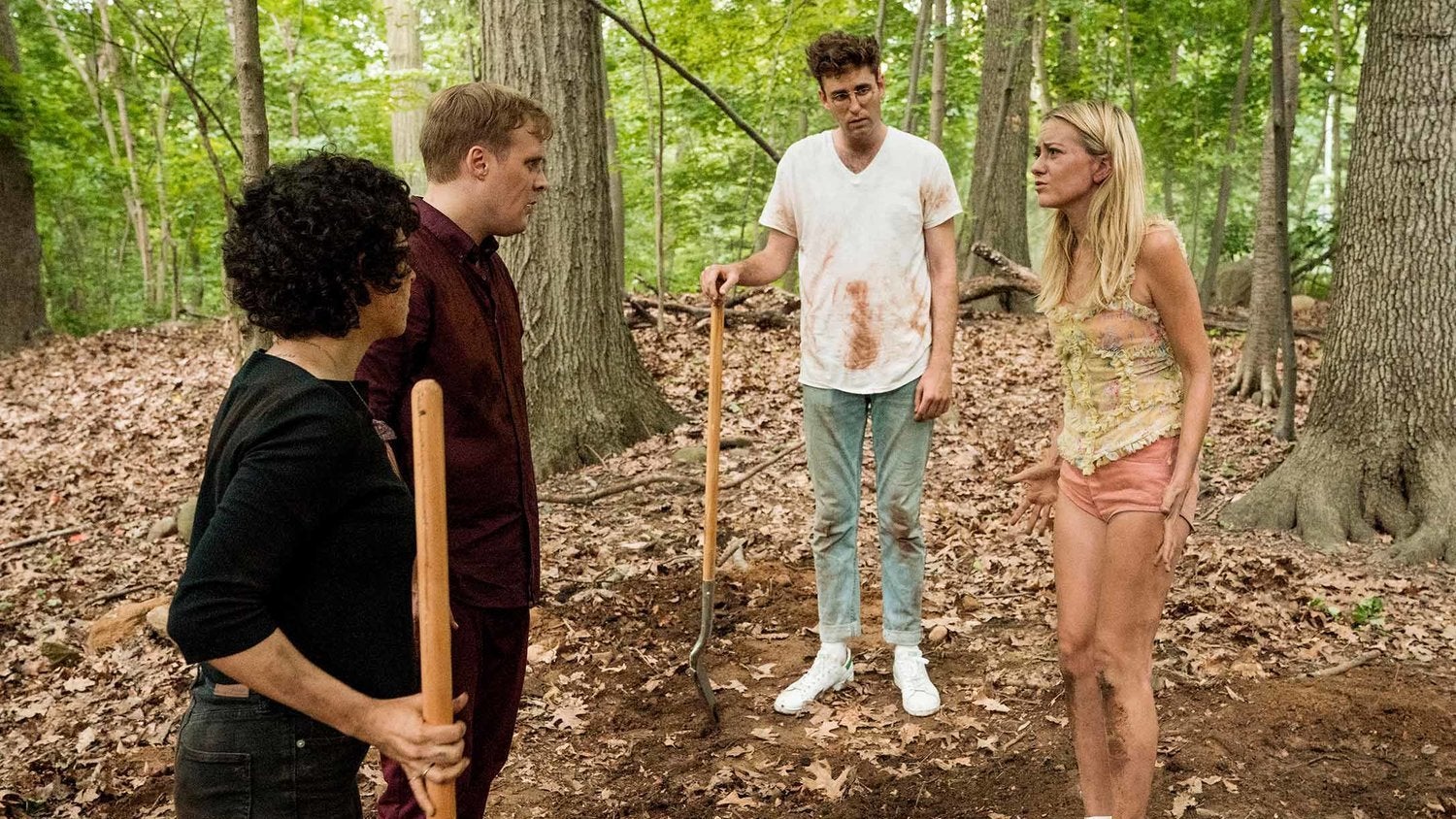What must begin must end at some point, and sadly, this blog must end, but not without a final exhilarating post regarding the at-times cliched and at-times unique cinematography of episode 5 of season 1 (Dogs Playing Poker), which is such a broad topic that merely the location of cameras themselves and cuts between the aforementioned cameras will be mentioned.
What is most notable is the use of cameras; rather than merely sticking with either a single-camera setup or a multi-camera setup, Switched At Birth uses both, depending on the scenario. For example, for personal scenes, a partially-single-camera setup is used, with only a handful of fixed camera (used to intersperse shots) and one mobile camera (used as the primary camera). By doing so, greater attention is focused onto the main characters, as less time is spent intermingling between recurring characters and main characters.
However, in comparison, for more stilted scenes, such as, for example, Ty and Bay’s family dinner with Bay’s parents, a more appropriate multi-camera setup is used in order to lower editing costs and, more importantly, emphasize that a scene, unlike personal scenes, is merely conversational. For instance, the family dinner scene rarely, if ever, zooms into a character’s face (due to the scene generally holding the intent of awkward chatter) and generally maintains a distance from characters (in order to further emphasize the non-fluidity of the dinner banter, mirroring the mental distance faced by Ty and Bay when attempting to speak to her parents).

This scene, due to being conversational, generally involves a multi-camera setup.
However, the use of both setups, in fact, emphasizes the uniqueness between the light-hearted chatter of adolescent gossip and speech, where the movement of the camera nearly mimics the excitement of the students, and Daphne’s relation to her mother, which is generally supportive and relaxed, as opposed to the rigid and formal monologues given by Bay’s detached parents.

